Joy McWilliams:
Joy McWilliams
Media Arts & Sciences and Economics major
Art holds value because we assign it value. Its value comes from the emotions it provokes in its viewers, the visual pleasure it brings, and the way it promotes self reflection and invokes our curiosity about the world around us and those who fill it. However, it is not just the viewer who is affected by interacting with art-- the art itself requires human appreciation, human disagreement, and the provoking of emotional interactions and reactions in order to hold meaning. This is a relationship of give and take, one in which both parties gain something vital in the presence of each other. A museum is just a building full of shapes without patrons to interact and react to the art within. The value, the elevation to art, for these shapes comes from that essential relationship between art and those who experience it. That human response, positive or negative, strong or weak, is where the meaning for these pieces comes from.
~.~
A Study in Presence
black and white film photography
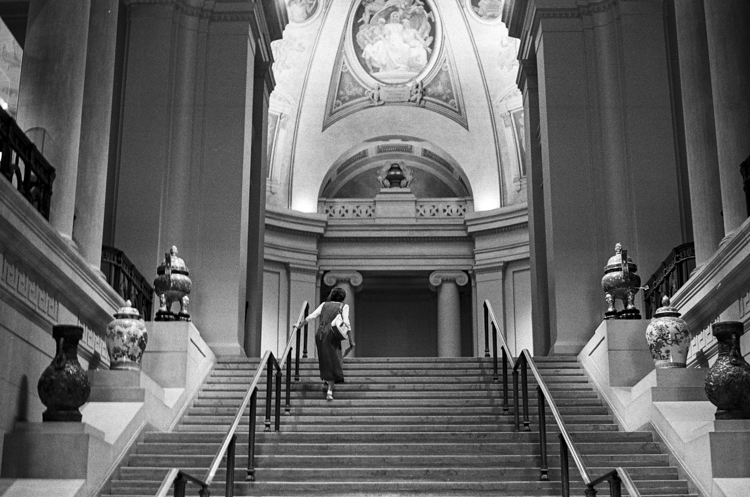
I walked into the Met one afternoon as many tourists do, carrying the camera with which I intended to take photographs of various art pieces that I liked. However, as I wandered the museum, I experienced increasing difficulty in trying to get nice, unobstructed images. It was a busy summer afternoon, and I would be lucky to get a picture of a piece of art without at least one or two other patrons in it. Patrons would sometimes unexpectedly enter the frame as I was prepared to take a photo, and others simply could not be avoided, so I was forced to capture images with them in it. As the afternoon went on I realized that I started to frame my photographs to purposefully include the museum patrons, as on some subconscious level I was starting to see them as integral parts of these images that I was capturing. They were adding to these images, rather than detracting from them. From here this study in the relationship between the viewers and the viewed began, culminating in an exploration of the importance of the presence of the viewer in adding meaning to what is deemed art.
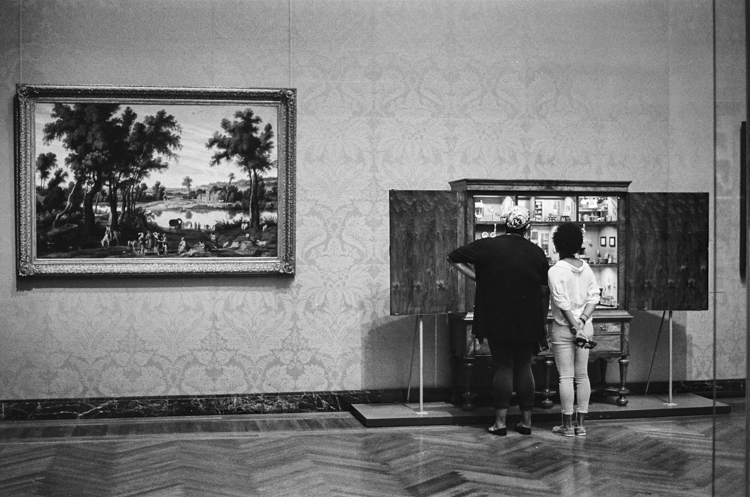
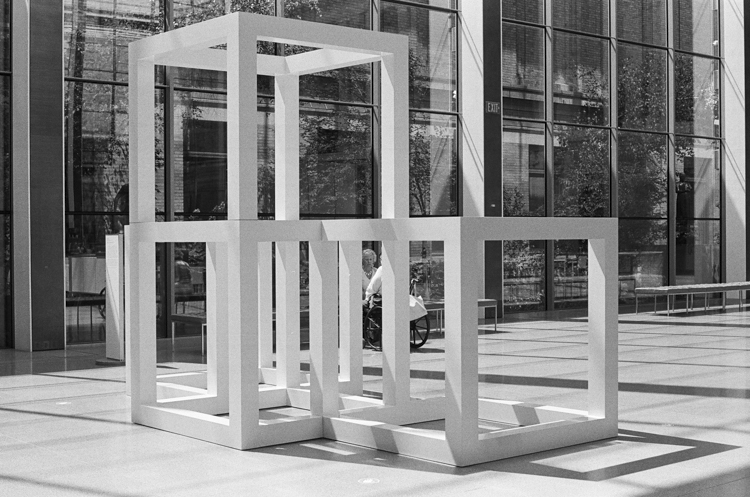
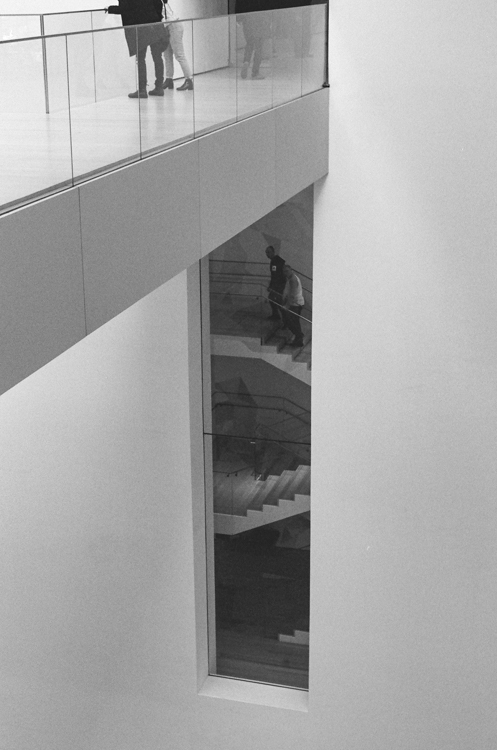
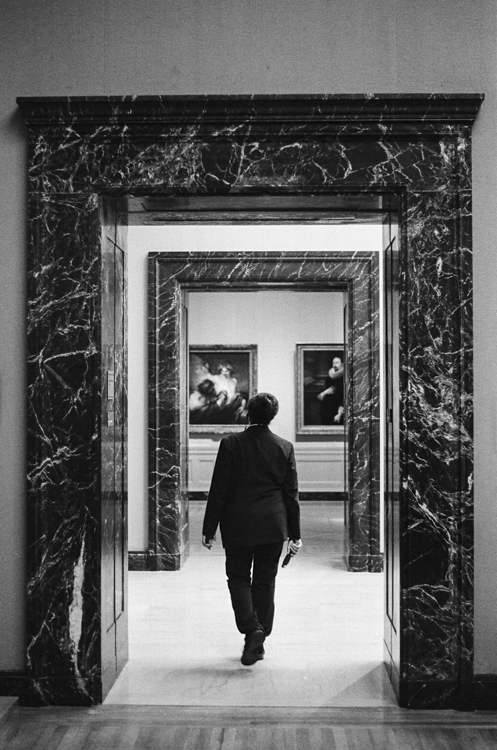
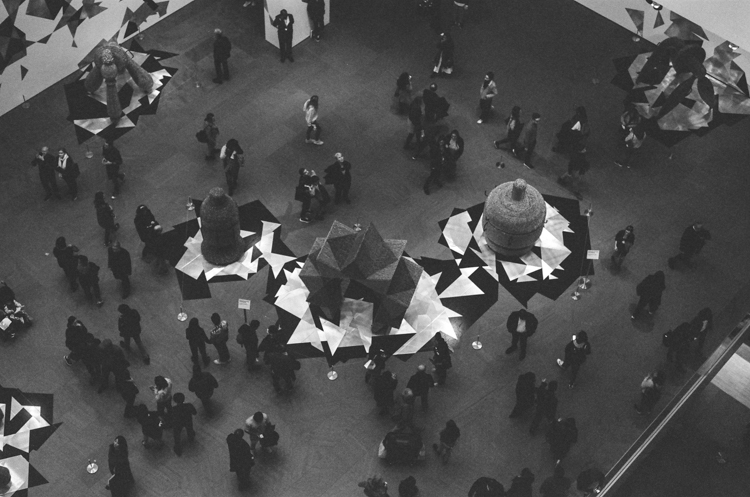
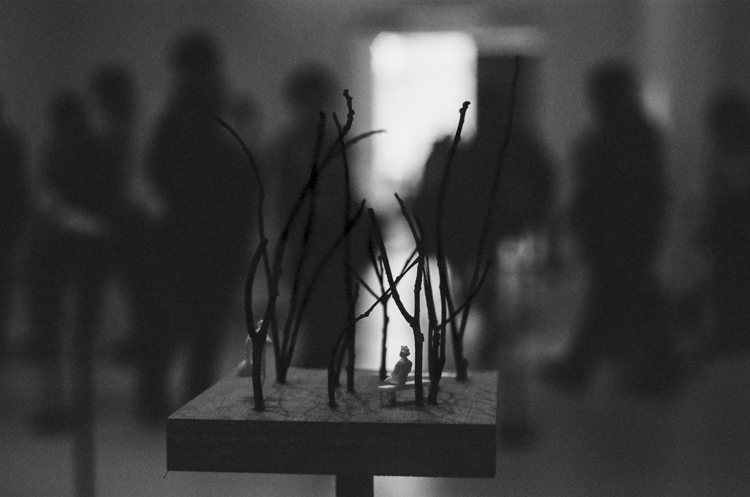
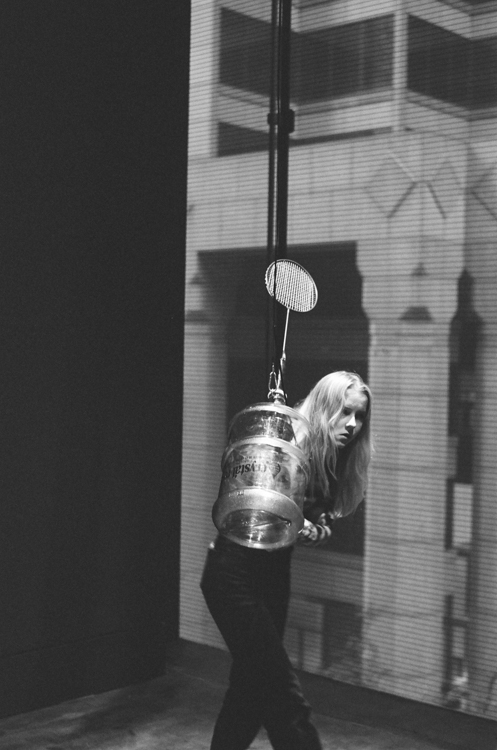
~.~




